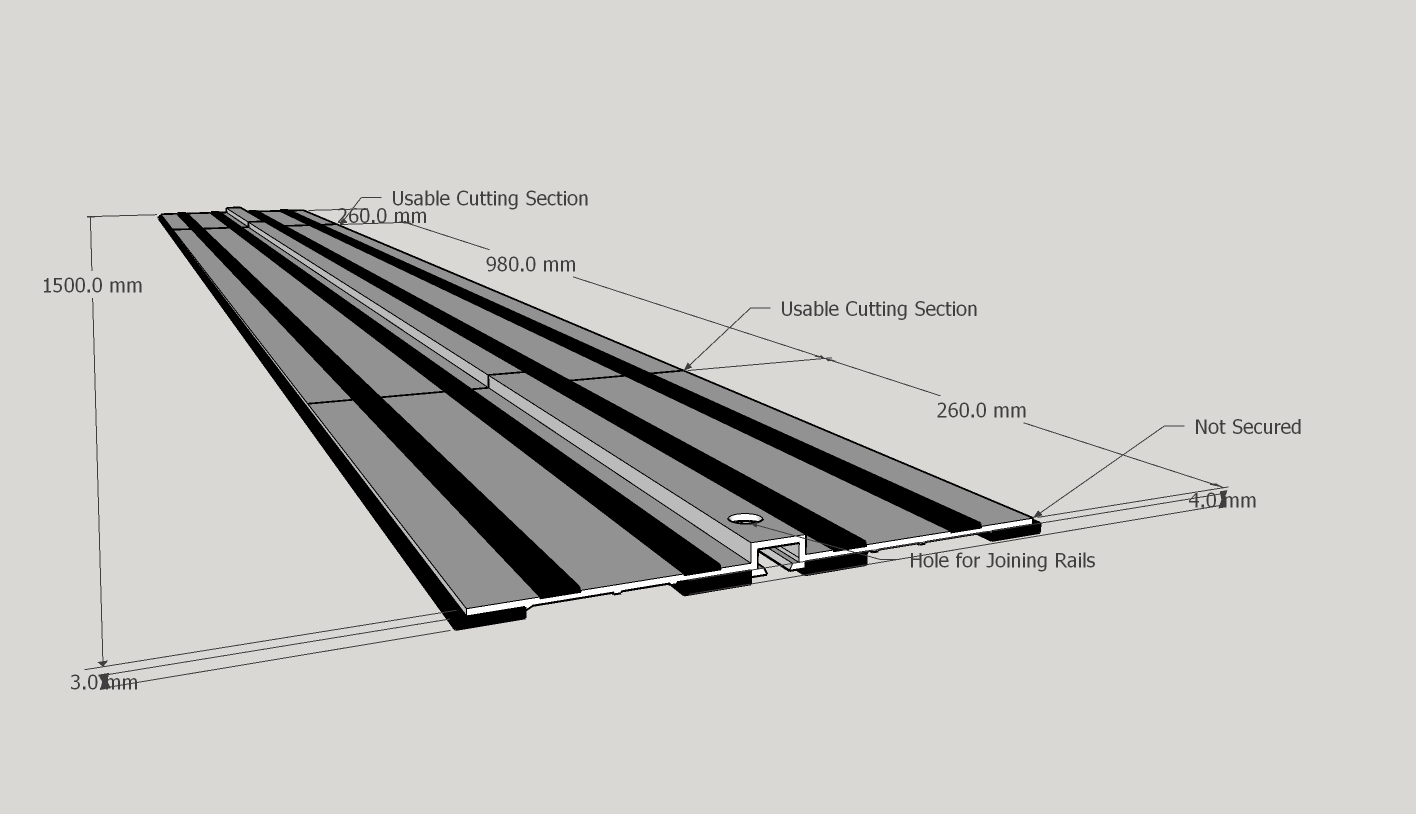Distinterior
Established Member
Teejay, If you are getting excessive wear of your splinter guard strip, then you need to either look at your technique or check all the adjustments on your saw.
You should not be needing to replace the strip as often as you have stated if everything is set up correctly.
How old is your saw? Is there any play/slop in the blade arbor as this could cause excessive wear of the strip.
Regarding cutting whilst the blade is set at 45 degrees, ....If the saw is set up correctly, the blade should definitely cut on the same line as it would with the blade set at 90 degrees. That is one of the design features of a plunge rail saw. I make the cut first at 90, then without moving the rail, set the saw at 45 and re cut.
I appreciate what Bodgers is saying, depending on what material is being cut, but I cut a lot of gloss & painted panels and the splinter guard strip is a "must use" aspect of the rail function to ensure a splinter/chip free finish. Its certainly not as crucial on Ply or MDF.....
You should not be needing to replace the strip as often as you have stated if everything is set up correctly.
How old is your saw? Is there any play/slop in the blade arbor as this could cause excessive wear of the strip.
Regarding cutting whilst the blade is set at 45 degrees, ....If the saw is set up correctly, the blade should definitely cut on the same line as it would with the blade set at 90 degrees. That is one of the design features of a plunge rail saw. I make the cut first at 90, then without moving the rail, set the saw at 45 and re cut.
I appreciate what Bodgers is saying, depending on what material is being cut, but I cut a lot of gloss & painted panels and the splinter guard strip is a "must use" aspect of the rail function to ensure a splinter/chip free finish. Its certainly not as crucial on Ply or MDF.....





